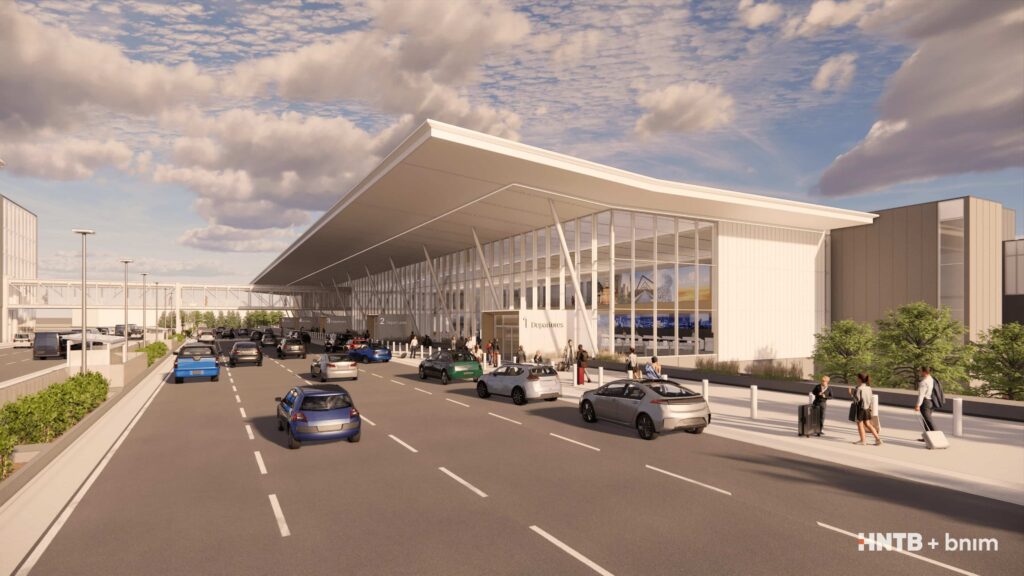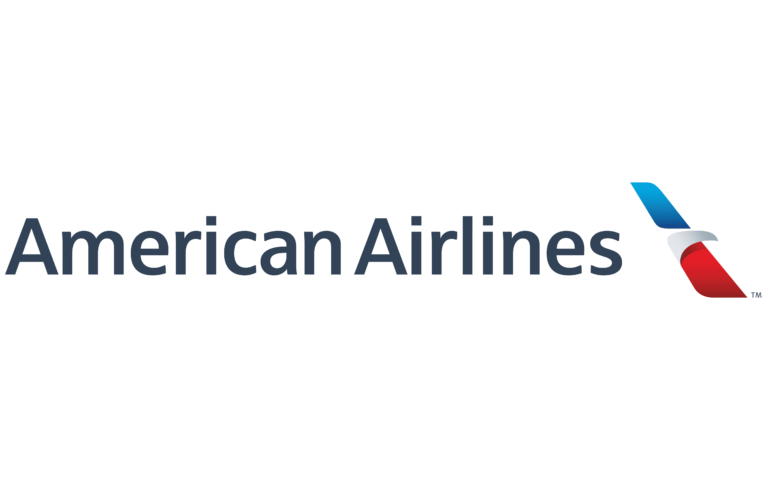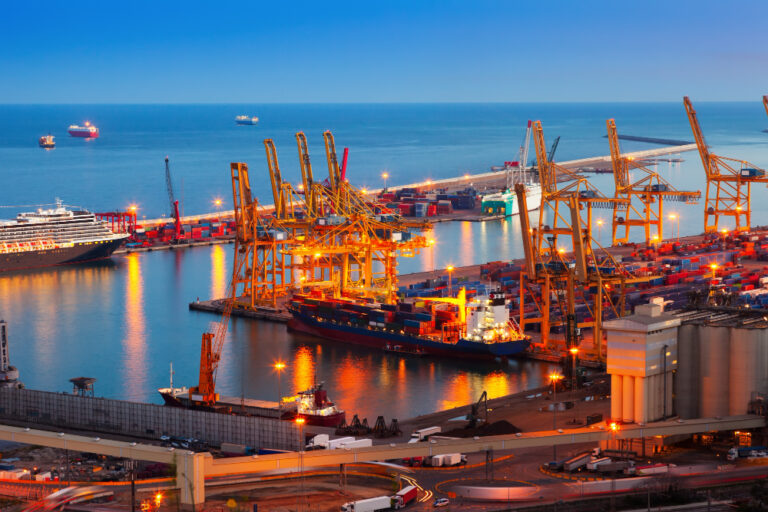
On October 3, 2023, the Des Moines International Airport (DSM) broke ground on a transformative $445 million terminal expansion project, a move set to redefine air travel in Iowa’s capital and bolster its role as an economic powerhouse in the Midwest. As of March 22, 2025, construction is well underway, with the new terminal slated to partially open in late 2026. This ambitious overhaul promises to double the airport’s capacity, address years of overcrowding, and position DSM as a modern gateway to the fast-growing Des Moines metro area. Here’s the story of how this project is lifting off—and what it means for the region.
A Terminal Pushed to Its Limits
DSM’s current terminal, built in 1948, has been creaking under the weight of surging demand. In 2019, before the COVID-19 pandemic hit, the airport served a record 2.92 million passengers. By 2023, it roared past pre-pandemic levels, handling over 2 million travelers in the first eight months alone—a 11% jump from the prior year. This year, projections suggest DSM will surpass 3 million passengers, officially exceeding the terminal’s design capacity. “We were simply out of space,” Executive Director Kevin Foley said at the groundbreaking. Crowded gates, cramped security lines, and limited amenities have plagued travelers during peak times, while airlines have struggled to add new routes due to a lack of available slots.
The breaking point came years ago. Since 2016, the Des Moines Airport Authority has been planning this expansion, recognizing that without it, DSM risked becoming a bottleneck rather than a boon for Iowa’s economy. “Airports are about more than moving people—they shape a state’s image and drive growth,” Governor Kim Reynolds noted at the ceremony. With the metro area booming as the Midwest’s fastest-growing major urban center, the stakes couldn’t be higher.
The Vision: A Modern Hub Takes Shape
The new terminal, rising east of the existing facility near Fleur Drive, is a sleek, two-story structure of glass and steel designed by HNTB and BNIM. Phase 1, costing $445.4 million, will deliver a 240,000-square-foot passenger processing hub by late 2026, featuring a spacious check-in lobby, streamlined baggage systems, and an expanded security checkpoint with eight lanes—double the current capacity. A central “community area” will house a café, retail, and dining options, while 18 contact gates (up from 12) and eight remote parking spots will boost aircraft capacity by 50%. The existing Concourse C will connect via a skywalk, ensuring continuity during construction.
Renderings reveal a light-filled, pillar-free interior, with illuminated gatehouses signaling active boarding—green for go, white for wait. “It’ll be wide open, with natural sunlight pouring in,” Foley enthused, promising a stark contrast to the dated, carpeted concourses of today. Future phases, potentially costing up to $770 million by 2030, could add more gates and demolish the old terminal, but funding remains a work in progress.
Funding the Future
Financing this behemoth has been a regional effort. The project secured $10.8 million from the 2021 Bipartisan Infrastructure Law, $58.7 million in state American Rescue Plan funds, and over $28 million from local governments, including $10 million from Polk County. Des Moines, West Des Moines, Ankeny, and even smaller suburbs like Norwalk have chipped in, seeing the airport as a shared economic asset. In November 2023, Polk County voters approved $350 million in general obligation bonds, saving up to $70 million in interest compared to aviation revenue bonds—a move Foley called “critical” to keeping costs down for airlines and passengers.
Still, inflation has pushed estimates higher, and the Airport Authority continues to hunt for federal and state grants. “There’s a funding need, for sure,” spokesperson Kayla Kovarna admitted. Critics, including some on X, have questioned the price tag, with one user asking, “Why not just fix what we have?” But Foley counters that without expansion, DSM risks losing its competitive edge, stifling new routes and economic opportunities.
Progress and Promise
As of now, site preparation is complete, and foundations are being laid—a process that began in spring 2024. The Weitz Company and Turner Construction, leading the joint venture, tout their “decades of aviation expertise” to ensure a “premier passenger experience.” Meanwhile, runway upgrades—like the recent reconstruction of Runway 5/23, completed in October 2024—keep DSM operational amid the chaos. “All 12 gates will stay open throughout construction,” Kovarna assured, minimizing disruption.
The payoff? More direct flights, increased frequency, and potentially new airlines. American Airlines (28% market share), United (24%), and Delta (17%) dominate DSM, but gate scarcity has deterred growth. “We can’t guarantee new service,” Kovarna cautioned, “but without this, we’d cap our potential.” Local leaders, like Mayor Frank Cownie, see it as a bet on Des Moines’ future: “This is the heart of the heartland. A 21st-century airport means more visitors, more business, more everything.”
A Regional Liftoff
The expansion’s ripple effects are already felt. Businesses eyeing Central Iowa welcome better connectivity, while residents relish skipping drives to Omaha or Minneapolis for flights. On X, travelers like
@IowaFlyer cheered, “Finally, an airport that matches our growth!” Others, though, worry about construction delays or costs ballooning further in an uncertain economy.
As steel rises and concrete sets, DSM’s transformation is more than a facelift—it’s a statement. By late 2026, when the first passengers stream through the new terminal, Des Moines aims to cement its place not just as a flyover stop, but as a destination in its own right. For now, the groundwork is laid, and Iowa’s aviation future is cleared for takeoff.
What’s your take? Will this expansion propel Des Moines forward, or is it a gamble too big? Drop your thoughts below!





